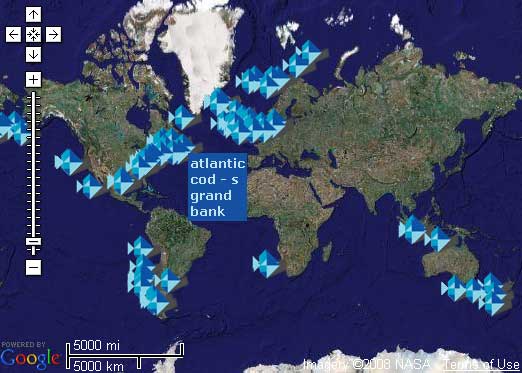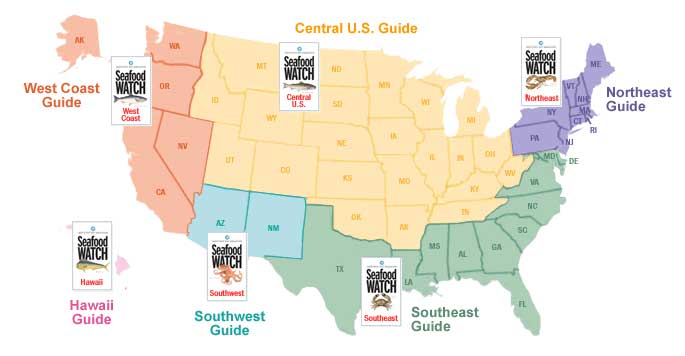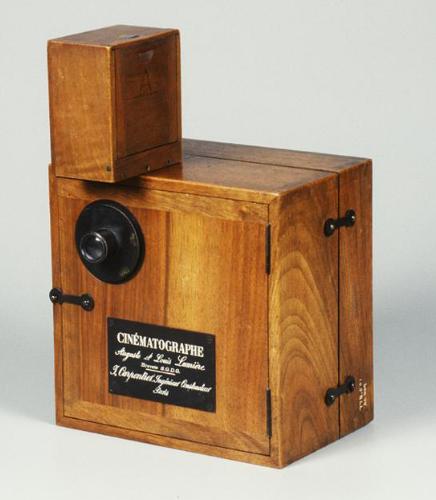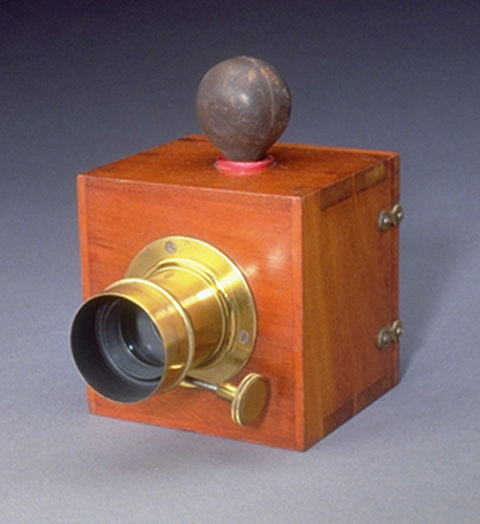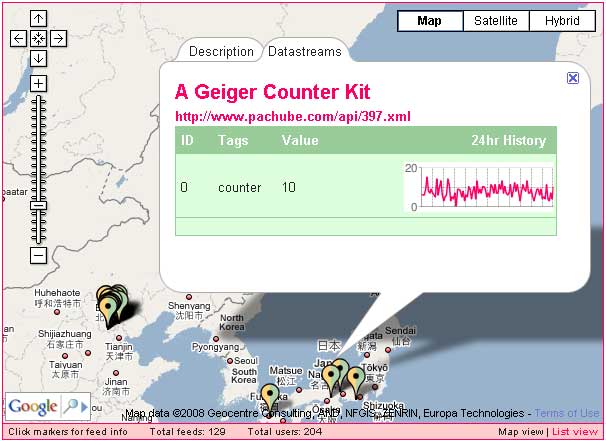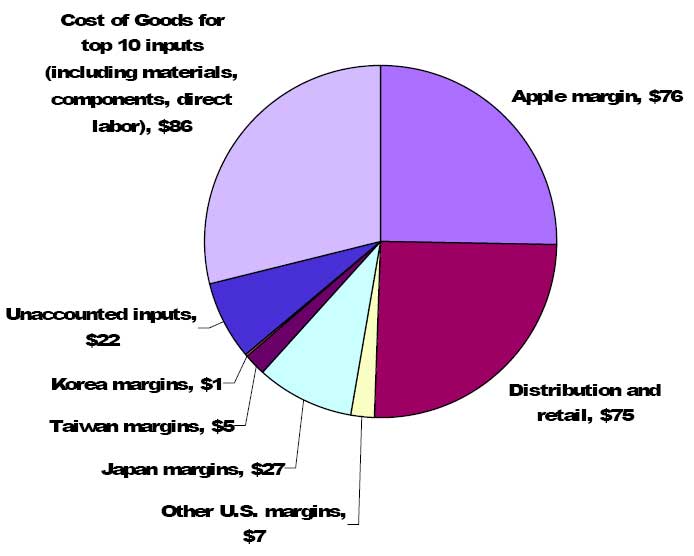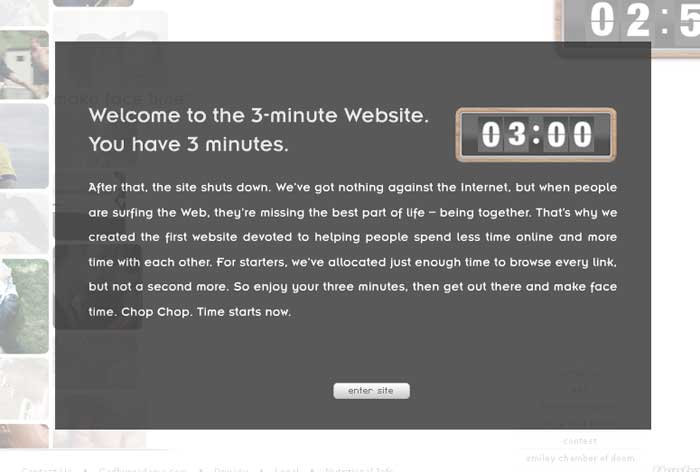The world’s fisheries are being depleted at an alarming rate, but they don’t have to be. Unregulated and unsustainable fishing practices pollute waters, decimate fish populations and co-dependent species. Recently a number of leading Ocean groups have released guides to help consumers select sustainable fish – notably the environmental defense fund’s pocket sushi selector (pdf), the Monterey Bay Aquarium‘s Pocket Sushi Guides which are available for each region of the US (see below). These informative brochures encourage consumers to begin conversations with their sushi chefs, as many varieties of fish have vastly different impact whether they are farmed in one place or another, or whether they are caught wild or not. Some of the worst offenders are Freshwater Eel or Unagi because they are farmed not from eggs but from wild-caught fish, and Bluefin Tuna because they are almost extinct in their North Atlantic fisheries. Remarkably sustainable fish, on the other hand, include sardines, bay scallops and dungeness crab. For those consumers that can’t learn the intimate details of their fishmonger’s sourcing strategies, on the other hand, some de-centralized attempts at self-regulation have emerged – such as Fishsource.org, where fishermen can describe their practices and provide map links to their fisheries (above). With buy-in from retailers and distributors, it could one day be possible for such provenance aggregators to provide the leverage necessary to ensure that suppliers are compliant with standards and practice transparency – but we’ve got a long way to go.
naturalness
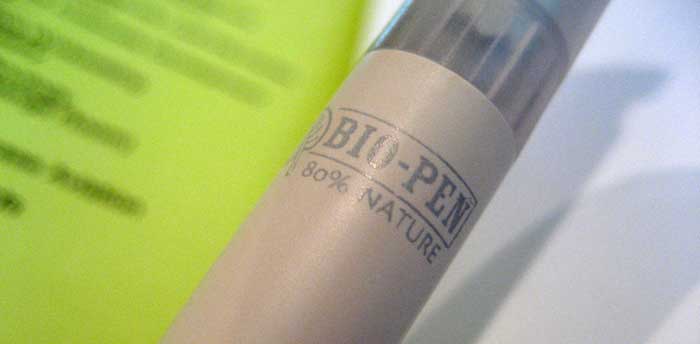
Bio-pens are made of 80% cellulose acetate, a material that was invented in 1865 and is now most commonly used in cigarette filters. It is a biopolymer made from wood pulp with an embodied energy of 100 MJ/kg – about six times higher than glass and and twice as much as PET, although it’s biodegradable unlike either of them. But the reason I noticed these things was the label on the object, which claims it is ‘80% nature.’ I’ve argued in the past that it’s better to admit to knowing when you’re being wrong than ignoring what could be right, but this disclaimer smacks of several kinds of falseness. Of course, the entire pen is made of nature, but only 80% from renewable resources – at a higher energetic cost presumably borne by the depletion of non-renewable fuels. If the pen’s casing – the only part made of cellulose – were thinner or better designed, the percentage of naturalness would drop but the product would also have less impact. Maybe the lesson is that you can’t win when making disposable pens, especially when your company’s logo is ‘helping to save the planet, one promotion at a time!’
political calculations
One of the Obama campaign’s web-savvy contributions to political discourse is this tax calculator, a website (and a badge) that allows anyone interested in calculating their taxes under his (or his opponent’s) proposed plan to find out which makes the more sense. Web-based calculators are nothing new, and I’ve written before about environmental footprint calculators that generally do not afford a decent perspective on the issues. This tax calculator, on the other hand, points the way toward an trend of empowering web users to conduct research on the web and to make objective decisions by comparing mathematical data. It’s a win-win: assuming that the public is intelligent, providing tools for empowerment and confirming that reality does have a liberal bias.
UPDATE: the widget changed (above) so here’s a screenshot of the calculator as it still exists in some places:

the wooden age
Given all the recent hype about wooden electronics, I would like to bring up some of the gorgeous examples from the George Eastman House collection, which is available on their website and partly on Flickr. Some jewels of the collection include the earliest cameras and videocameras, including this original Lumiere Brothers video camera (called Cinematographe) from 1895-1910 produced in the hundreds. Long before wood became a trendy enclosure material for reasons of sustainability, it was a material of choice for its lightness, strength, and ease of workmanship. Imagine a how differently a mass production wood shop must smell than a plastics factory. This ‘Dubroni Apparatus’ from 1864 was the iPod of its day – could it ever be ours?
zoom ahead

In 1969, Italian architecture firm Archizoom proposed some bold new designs for the historic centers of Europe, including this ”Residential Building for Historical Centre’ was envisioned as a way to get close and personal with some of Florence’s greatest architecture. Zoom ahead 30 years and this superarchitecture has become commonplace: witness the Eisenman/Gwathmey/Holl/Meier finalist entry for the World Trade Center competition (and my clear favorite), or OMA’s proposed Louisville Museum Plaza (bottom). Never underestimate the power of collage to set the direction for the future.


place link
Louise Shannon from the V&A pointed me to pachube.com, a site that enables you to connect sensors in the real world to each other and to virtual worlds. Similar to the principle of Dual Reality, the service makes it possible for a virtual world (like Second Life) to mirror what’s happening in the real one, and for many people to stay aware of the conditions in one place. Unfortunately most of the data on the site consists of weather feeds, but a few interesting directions are being explored: the site hosts a number of pollution sensors in Beijing set up for the Olympics as well as a hurricane sensor in the gulf and this Geiger counter in an unfortunate Japanese researcher’s laboratory (above). The way pachube aggregates any and all feeds in a single site points the way toward mash-ups of the real and the physical that are open to anyone to see, interpret and account for.
slice of the pod pie
Andy Lippman pointed me to the work of the Personal Computing Industry Center at UC Irvine and specifically to some papers that analyze the global economic impact of the computer industry. In “Who Captures Value in a Global Innovation System? The case of Apple’s iPod (pdf)” the authors analyze how the profit from a single gadget is shared by several countries (see chart above). While the high-value work is concentrated in the US (and $76 profit on the sale of a $399 iPod), some profits also end up in Japan ($27), Taiwan ($5) and Korea ($1). A quarter of overall profits ($76) end up in retail and distribution, often in the country where the iPod is sold (half the time, in the US).
Breaking down a device to trace the origins of its nuts and bolts is something I’ve always been fond of, but this analysis reveals some of the shortcomings of this method. Where is the real wealth ending up? Certainly Apple shares have appreciated well beyond the profit per device, and shareholders – presumably in the US – come out ahead. And what about the content – ripped CDs, mp3s and videos? Many production companies are based in the US as well. While more difficult to quantify, it would be interesting to understand where the real profit goes over the life of the consumer – not just the life of the product. This might give a better understanding of profit distribution as compared with cultural influence. While $33 of each iPod goes to other countries, all the glory goes to Apple.
timed bits
Dentyne’s face time web site has a unique feature: in an effort to promote chewing gum use as a part of hetero-normative making out, the website only allows you to visit for three minutes. Needless to say, you can always come back, but the idea of imparting physical constraints on digital media is refreshingly un-DRM-ish: instead of limiting intellectual freedom, it motivates a new value structure, and it could be a useful feature for the digital world in general (and not just for selling useless products).
via and interpreted by
